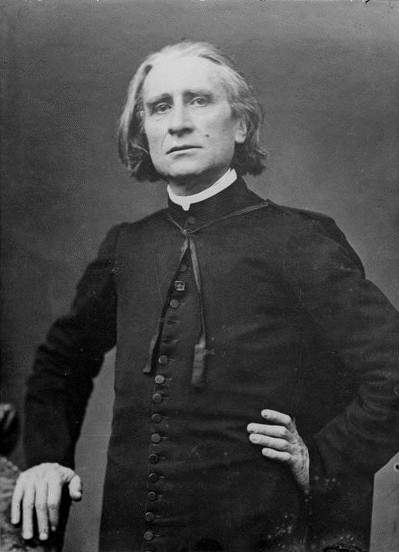Liszt: Sonata in B Minor | Classical Piano Music
Updated:
Franz Liszt’s incredible sonata in B minor is a real challenge for pianists. Considered one of the most difficult works to perform, this classical piano composition is a complex and quite surprising work. It was dedicated to his friend Robert Schumann, another great classical piano composer.
This sonata has four progressive movements where Franz Liszt presents us with one of his greatest works. Composed between 1852 and 1853, the Sonata in B minor is a revolutionary piece and unique among all classical piano pieces.
The music is built with a totally original structure where Liszt’s virtuosity provides us with a piano piece full of expressiveness and mysterious beauty.
It is possible to perceive a harmony with many augmented and diminished chords that lead us to a wonderfully balanced dissonance with chromatic movements and the use of rhythmic modulations that is used recurrently throughout the performance of Liszt’s piano sonata.
However, I believe that the great moment of this sonata happens in the sostenuto andante movement where we can show all the genius of Liszt printed in the beautiful melody of a lyrical and contemplative character that transports us to a moment of a very masterful piano piece.
Franz Liszt – Piano Sonata in b minor
1.Lento assai – Allegro energico 00:00
2. Grandioso – Recitativo 03:10
2.Andante sostenuto 11:33
3.Allegro energico – Andante sostenuto – Lento assai 18:10

